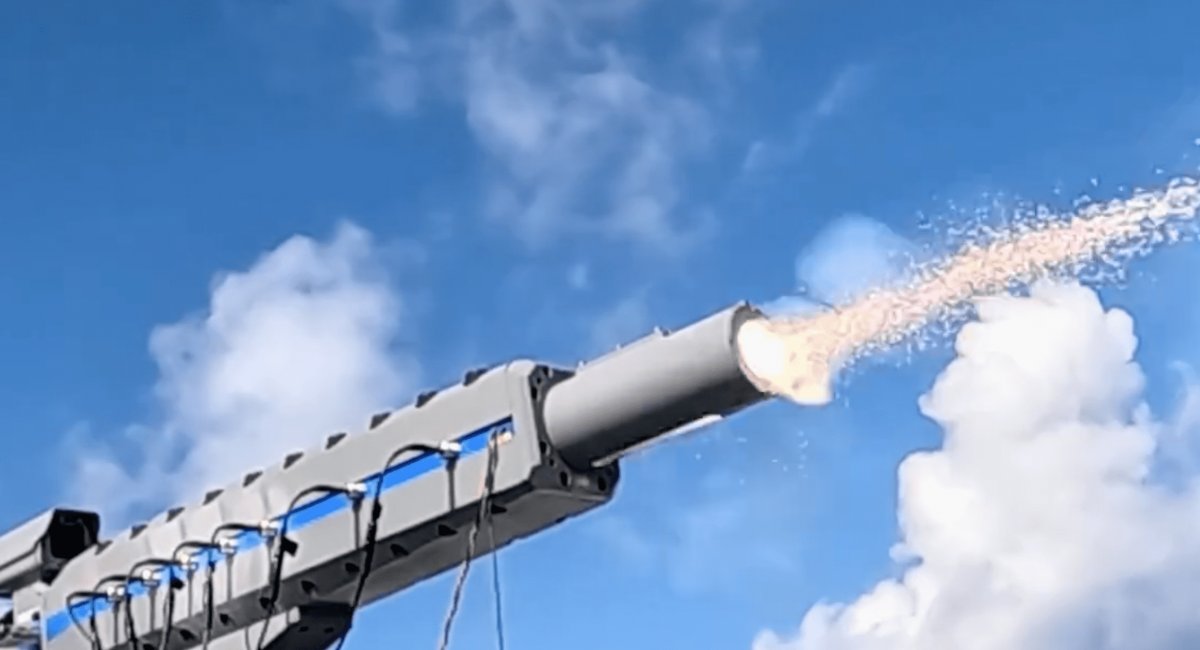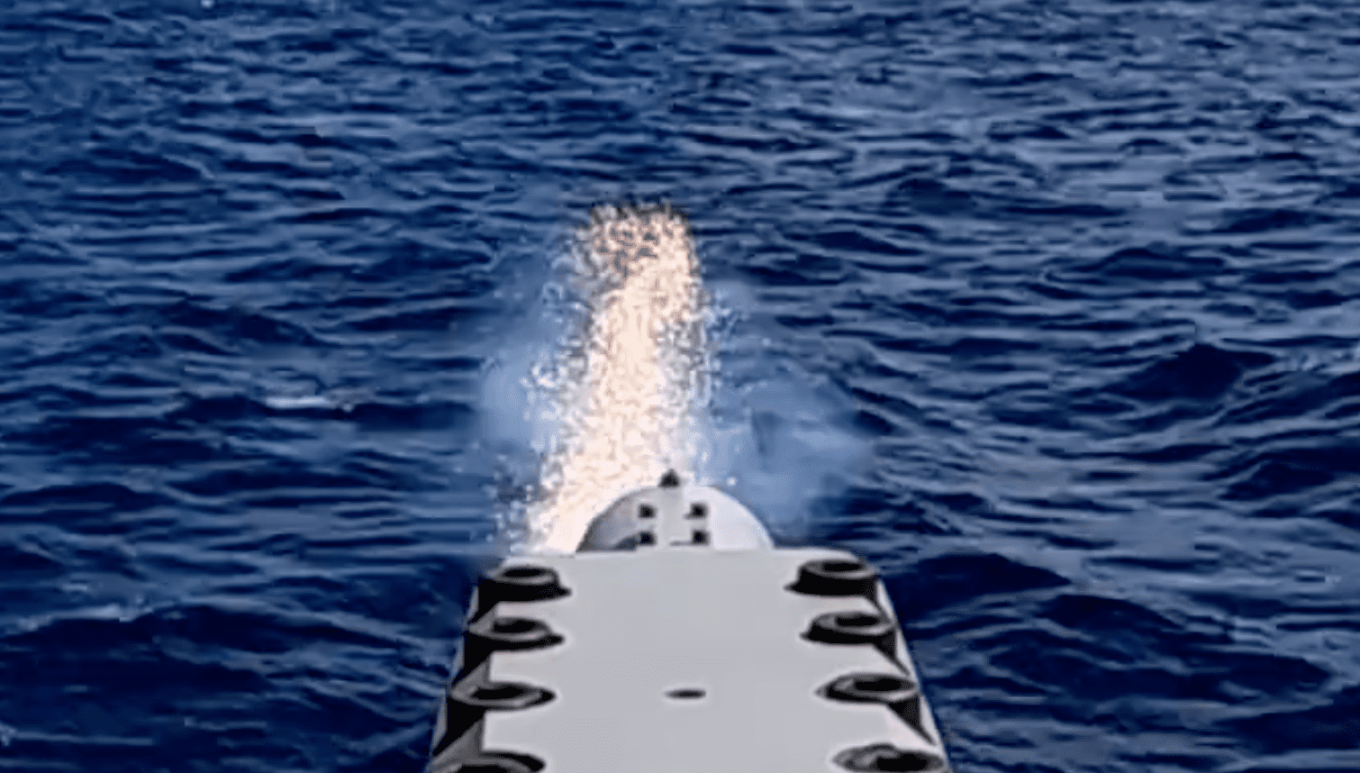
The Japanese fired their railgun for the first time at sea: what is known about this weapon
Today, the Japanese are testing a prototype of their rail trolley, but the future of this project is still in doubt.
The Acquisition Technology & Logistics Agency (ATLA), a part of the Japanese Ministry of Defense, has announced the first successful test of a medium-caliber electromagnetic railgun from a ship, conducted jointly with the Japan Maritime Self-Defense Forces (JMSDF).
#ATLA has accomplished ship-board firing test of railgun for the first time in the world with the cooperation of the JMSDF. To protect vessels against air threats and surface threats by high-speed bullets, ATLA strongly promotes early deployment of railgun technology. pic.twitter.com/MG5NqqENcG
– Acquisition Technology & Logistics Agency (@atla_kouhou_en) October 17, 2023
ALTA stated that Japan “conducted the world’s first test of a railgun from a ship” and that the Agency “is strongly promoting the early deployment of the technology,” while the exact details of when the test took place and more details about the event have not yet been disclosed, The War Zone reports.
The published footage from ALTA shows a number of shots fired from the railgun at different angles – it is currently known that this railgun can fire 40mm ammunition weighing 320 g with an initial velocity of 2230 m/s or Mach 6.5.

As for the history of this railgun, it is recalled that back in 1990, the Japanese Ground Systems Research Center (GSRC ALTA) began work on a basic 16-mm railgun. In 2016, the country began work on a prototype to combat air and surface targets, and in 2018, ALTA released footage of a prototype railgun.
At the same time, in May 2022, GSRC ALTA with Japan Steel Works received a $47.9 million contract for the research and development of a prototype railgun, which was first presented in May 2023 and is being tested today.

It should be emphasized that this is still a prototype railgun – it is difficult to say how successful the project will ultimately be and whether it will be closed later, especially given that, for example, projects to develop railguns in the United States have been closed after 16 years of work.
And since the Japanese plan to use this weapon primarily on ships (although they are also considering land-based options), they still have a long way to go to a fully operational system, solving a number of issues with the aggressive marine environment, heat and cold, and other factors. At the same time, if successful, the railgun could become an interesting weapon to combat such weapons as hypersonic missiles.

